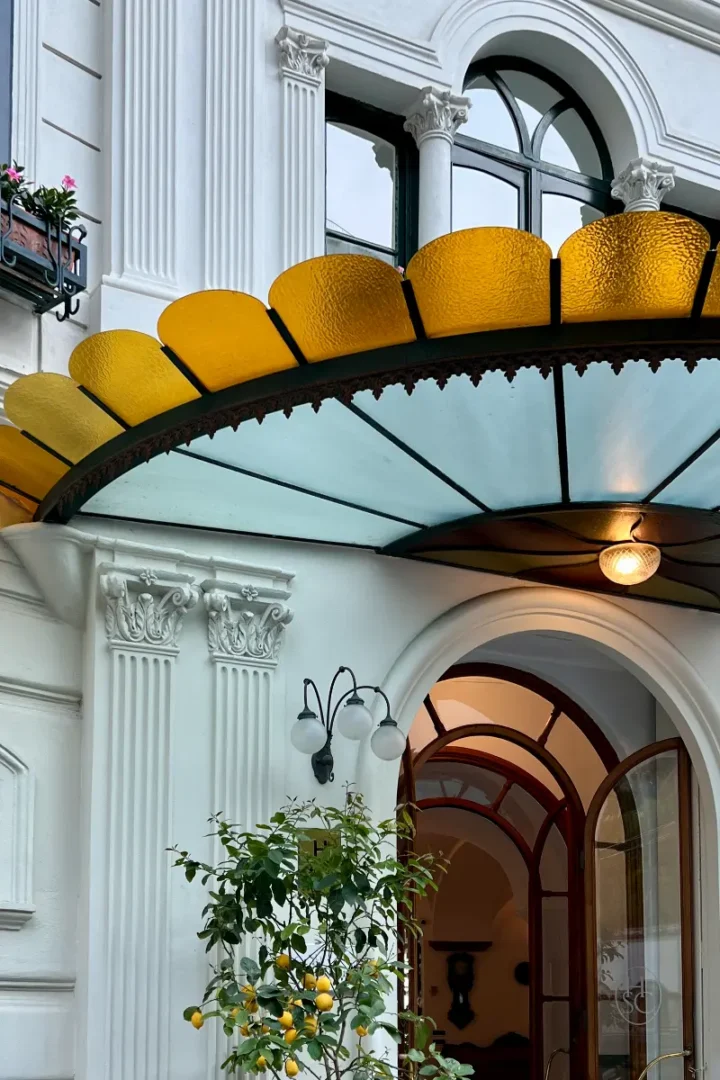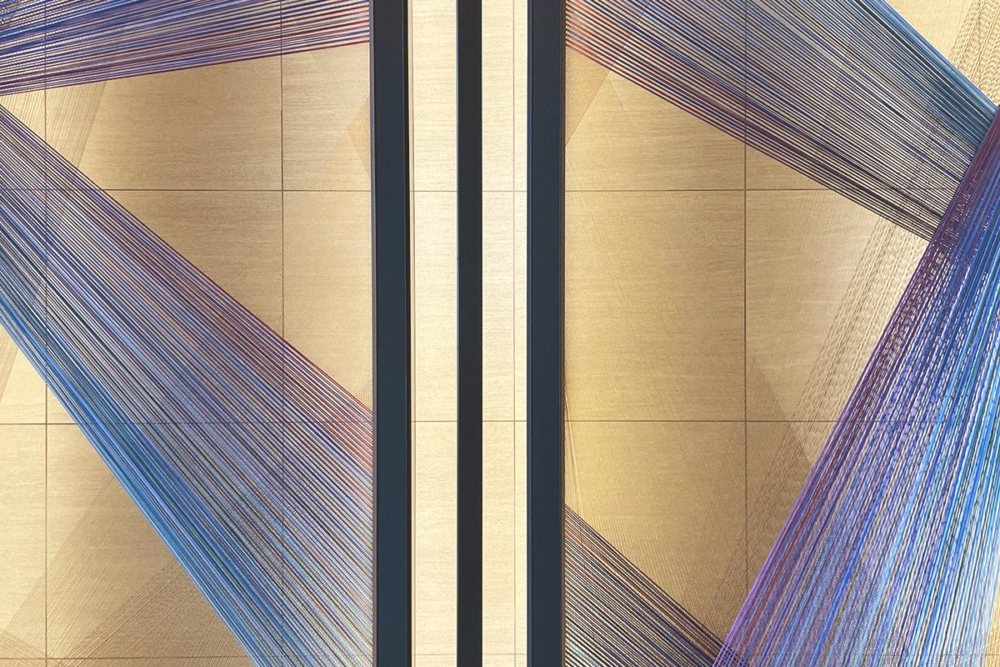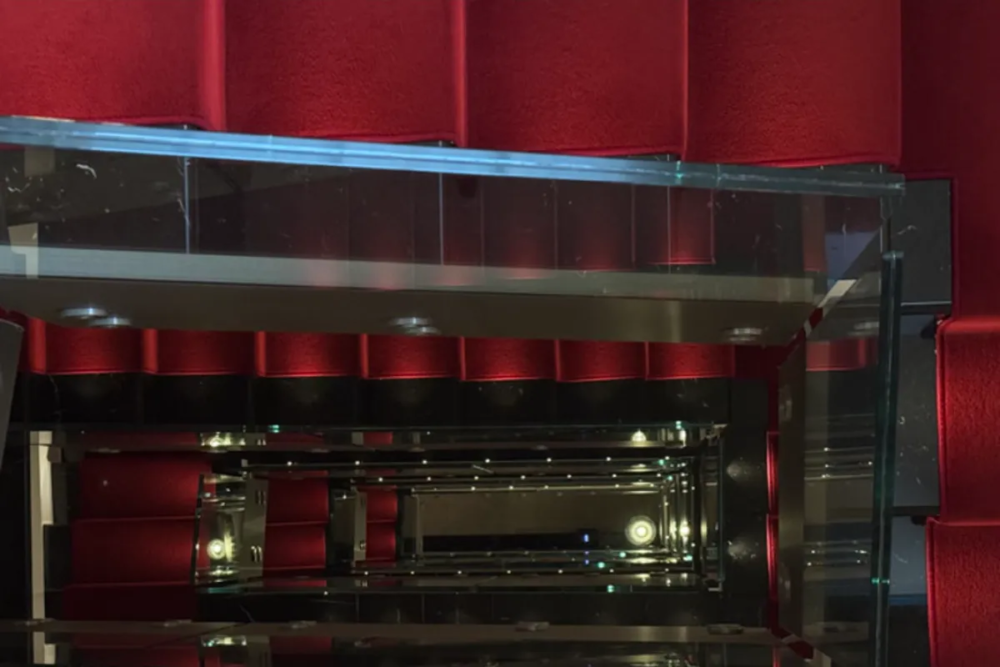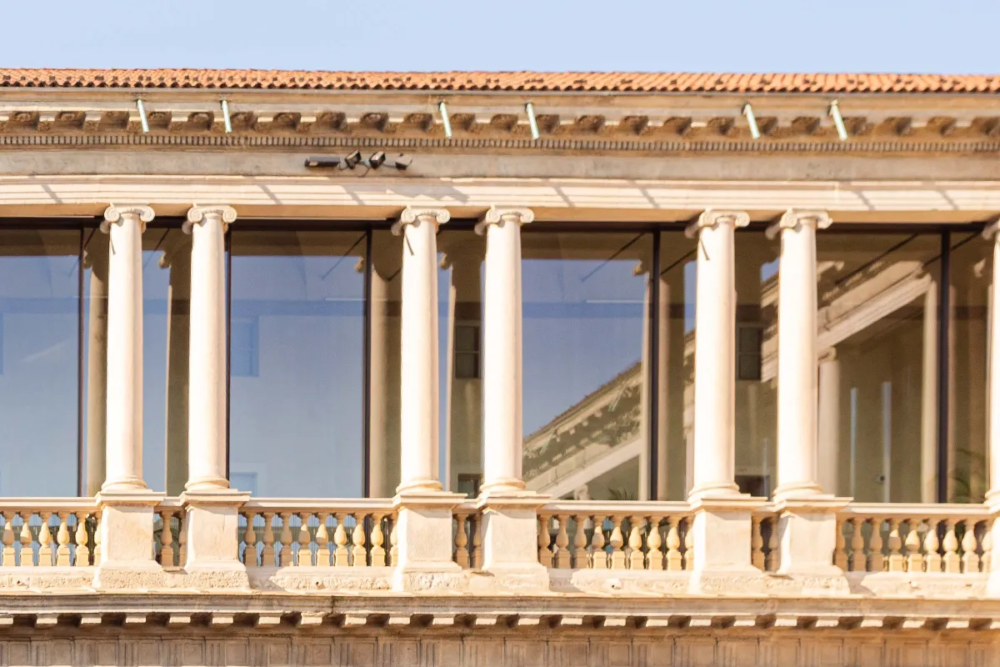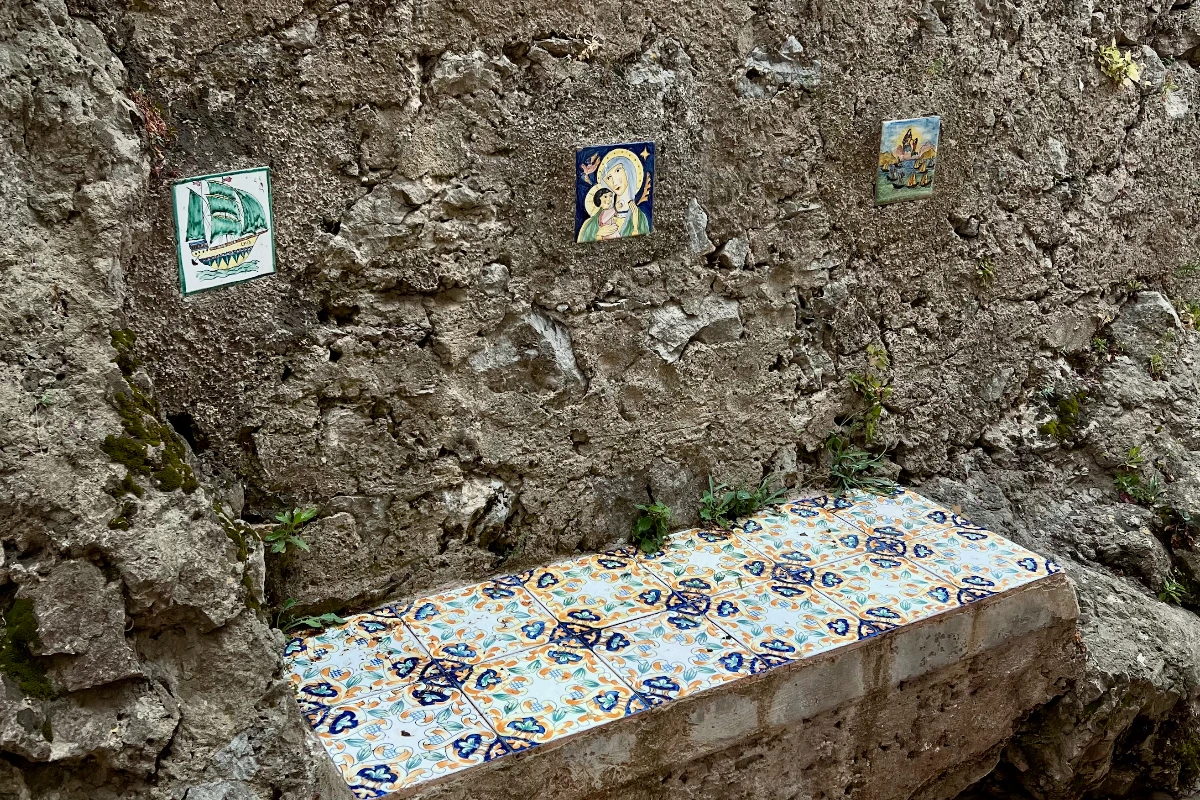
Santa Caterina, Amalfi: The Evolution of Continuity, Senzafine
Senzafine marks the latest chapter in the evolution of Santa Caterina in Amalfi – shaping new experiences in space and cuisine while maintaining the hotel’s dialogue with place, heritage, and family continuity
Santa Caterina Amalfi Coast hotel continues under family ownership with minimal structural change
In a world increasingly obsessed with rebranding and the cult of the ephemeral, Santa Caterina in Amalfi stands as living proof that the future can take root in continuity. Perched on 500 meters of rugged cliffside and spread across 66 rooms, this hotel has remained a landmark of Italian hospitality for over a century. The Gambardella family, now in its third and fourth generation, works methodically to preserve its identity – while allowing it to evolve, deliberately and gracefully.
Every intervention, expansion, and restoration is conceived not as a transformation, but as an act of consistency. The latest addition is Senzafine, a rooftop restaurant and cocktail bar opened in June 2025. The goal is clear: to expand the hotel’s culinary offerings and experiential moments while preserving the integrity of the place.
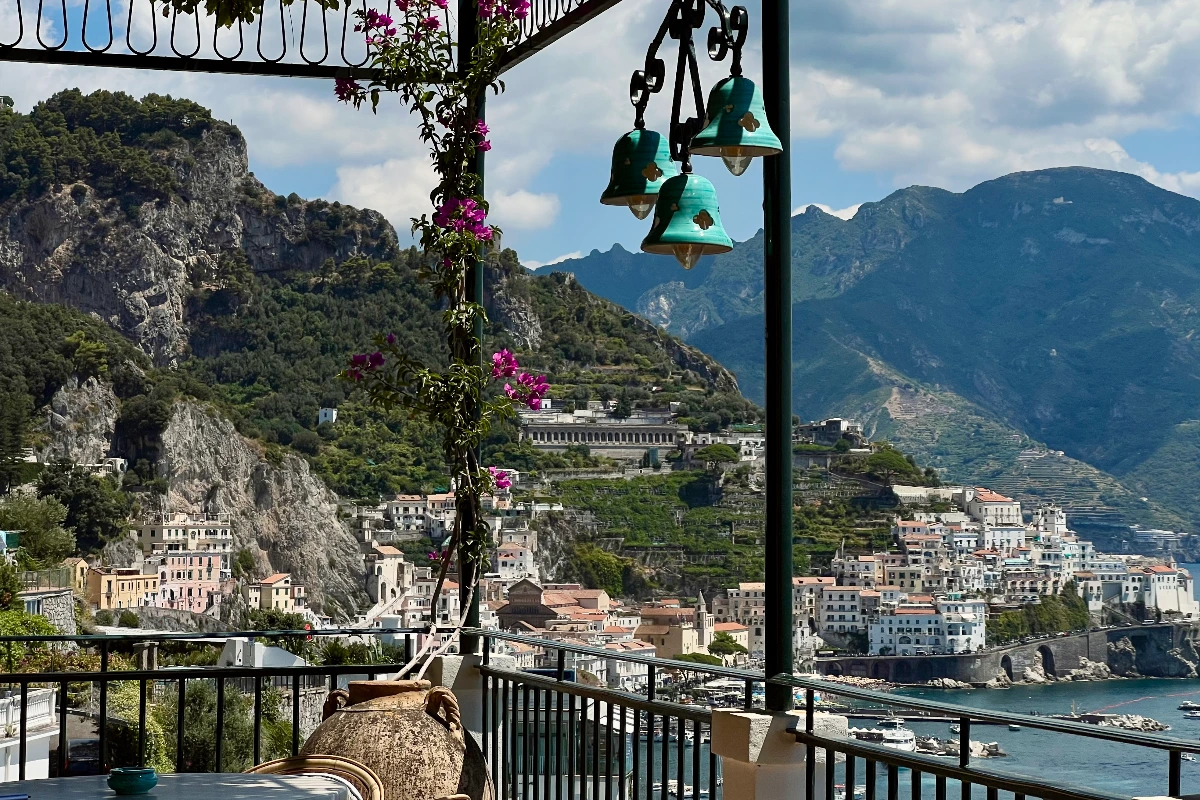
Senzafine rooftop restaurant added to Santa Caterina hotel in 2025 as part of upper-level expansion
Far from any “show-off” approach, Senzafine is a true architectural extension of the existing hotel. The project unfolds across two primary levels, both facing the sea, with wide arches framing the Amalfi Coast landscape. Light floods the space throughout the day, giving it a vivid and dynamic rhythm.
The material palette tells the story of the local territory: pale stone, bamboo, natural wood, coarse-weave textiles, and white wicker. Tabletops echo the colors of the sea, shifting between cobalt and horizon blue in direct conversation with the water and sky. Two open kitchens, separated by a central pergola wrapped in climbing ivy, overlook a fluid, barrier-free terrace. An elevator connects the main hotel lobby directly to the rooftop, making it accessible for both in-house and external guests.
Senzafine restaurant architecture uses local stone and open terraces above the Amalfi Coast
The Senzafine cocktail bar is designed for aperitifs and late-night drinks. Low seating, oversized cushions, and a sleek counter facing the sea create a curated yet understated ambiance, centered on comfort and the view. The cocktail menu, crafted by bar manager Stefano Parisio, is built around local ingredients and botanical impressions.
Highlights include Look at the Moon, a green tea and gin-based cocktail with lemon; Look at the Sea, combining genever, St-Germain, and Chambord for a structured but delicate profile; and Look How Wonderful, an unexpected blend of mezcal, aloe, lime, cucumber, celery, and chili pepper. Non-alcoholic mocktails, herbal infusions, fresh extracts, and a diverse international wine selection round out the offer, ensuring a wide range of preferences are accommodated.
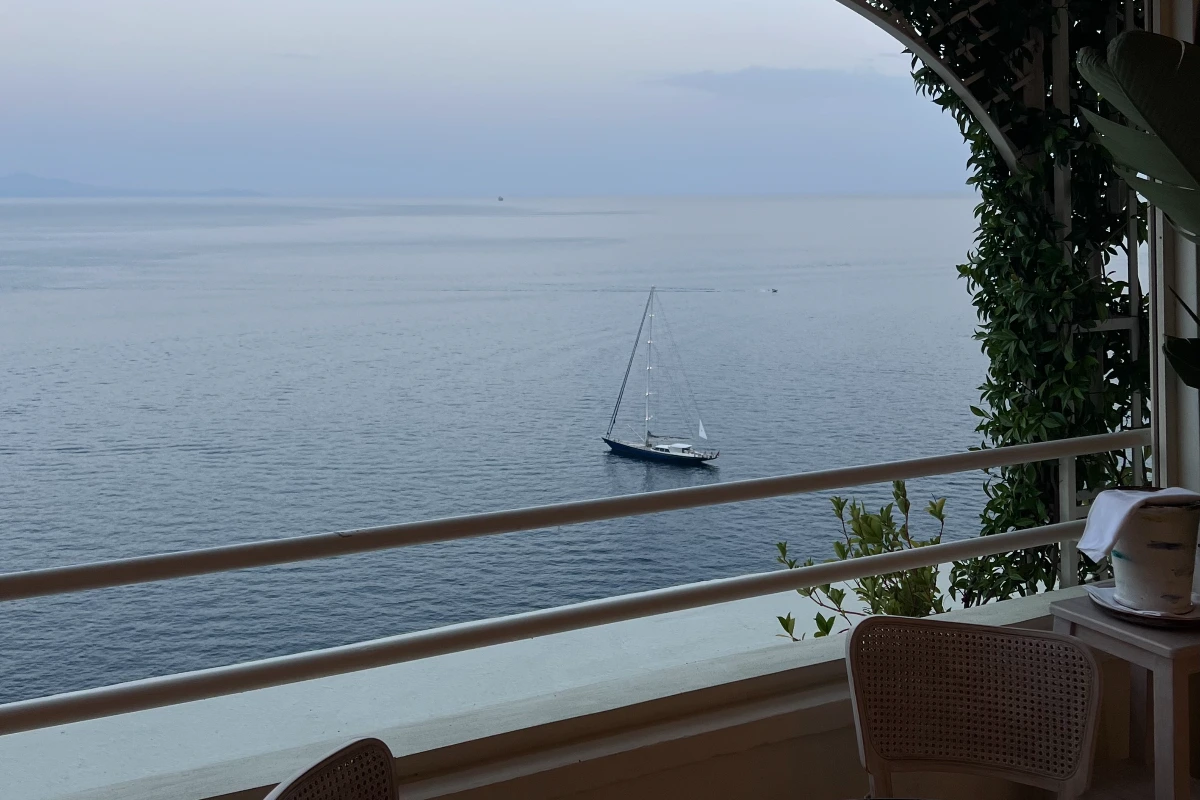
Botanical ingredients, local Amalfi ingredients, Japanese methods – Senzafine at Santa Caterina
At the helm of the Senzafine kitchen is executive chef Giuseppe Stanzione, who has led the culinary vision at Santa Caterina since 2020. The food philosophy here avoids trend-driven fusion in favor of a highly controlled technical cross-pollination: local ingredients – primarily fish and vegetables from the surrounding coastline – prepared using methods and temperatures borrowed from Japanese culinary tradition.
The menu changes monthly based on availability and seasonality. Among the starters are raw fish tartare with tempura shiso leaves, and amberjack carpaccio marinated in a Mediterranean-style ponzu, where citrus notes from the Amalfi Coast meet the savory depth of the East. A delicate seaweed fritter recalls traditional Amalfi street food but is presented with restraint and elegance.
Mains include A4 Wagyu bavette sourced from either Kagoshima or Hokkaido, treated with surgical precision in terms of slicing, temperature, and timing. The otoro steak is served with Roman-style curly escarole and mullet bottarga, creating a layered experience of richness, bitterness, and marine salinity.
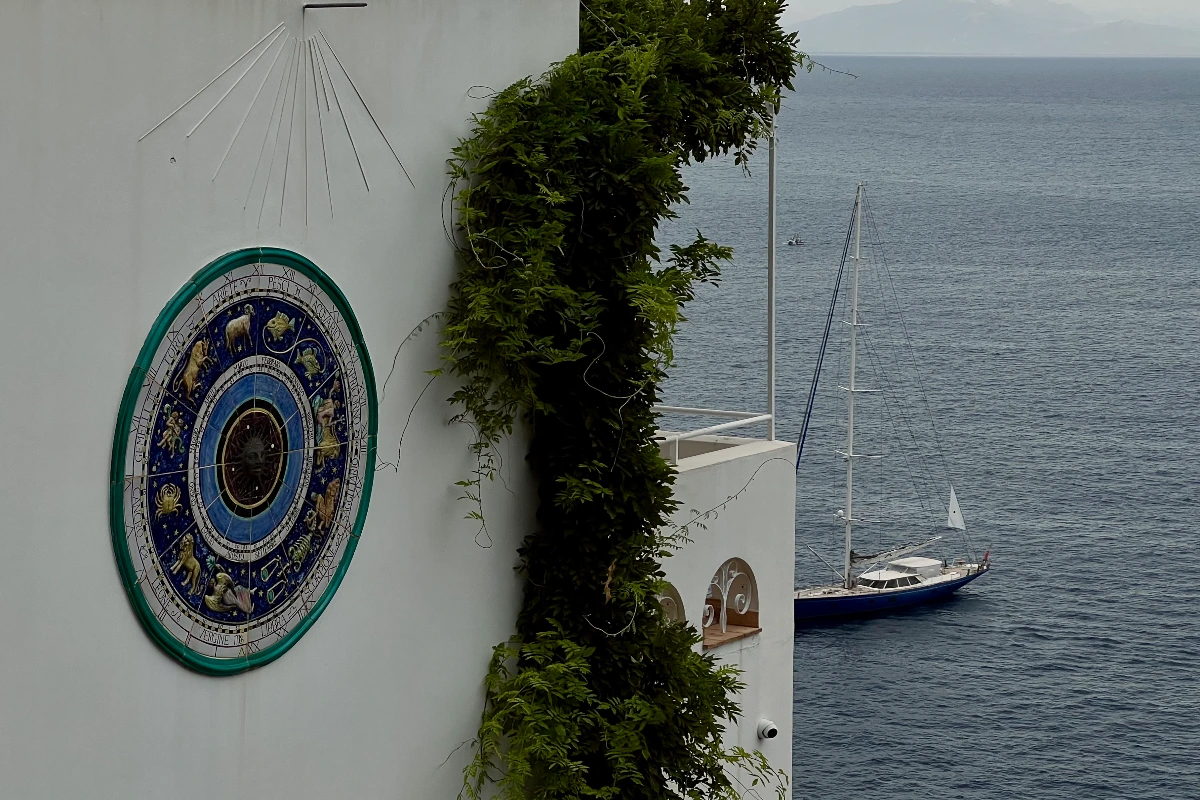

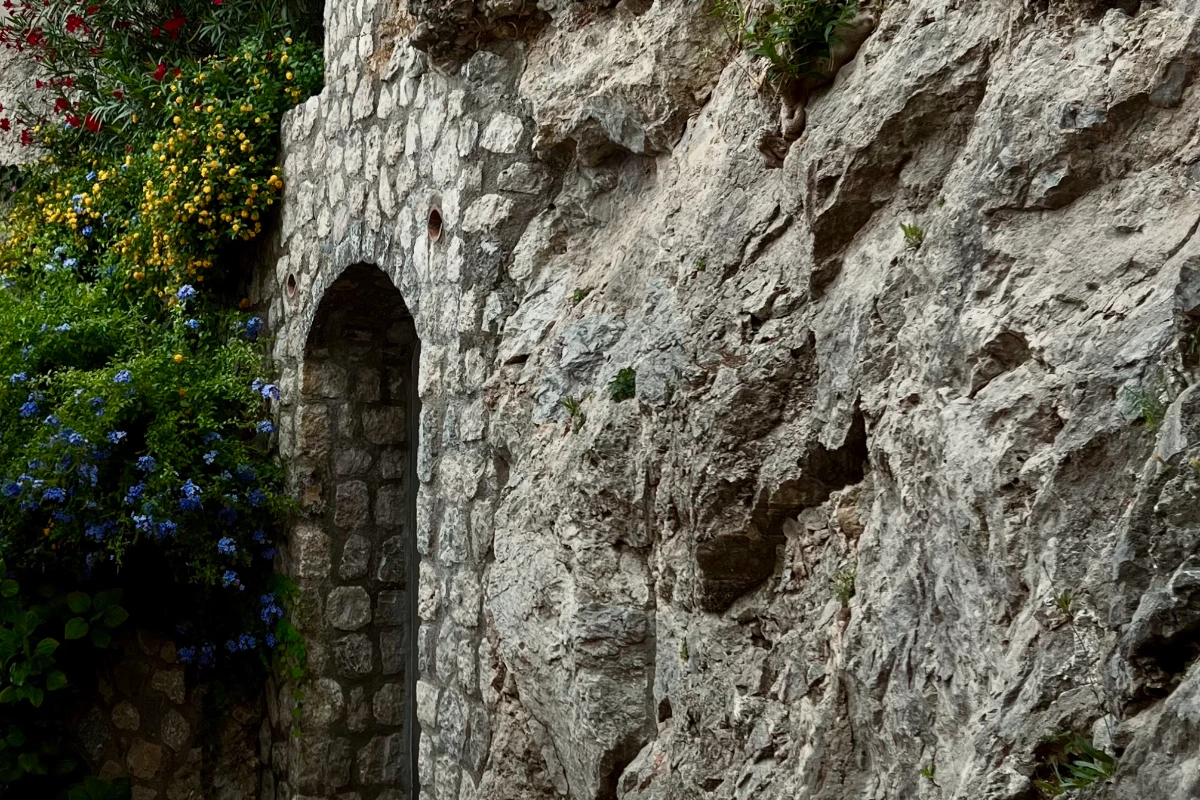
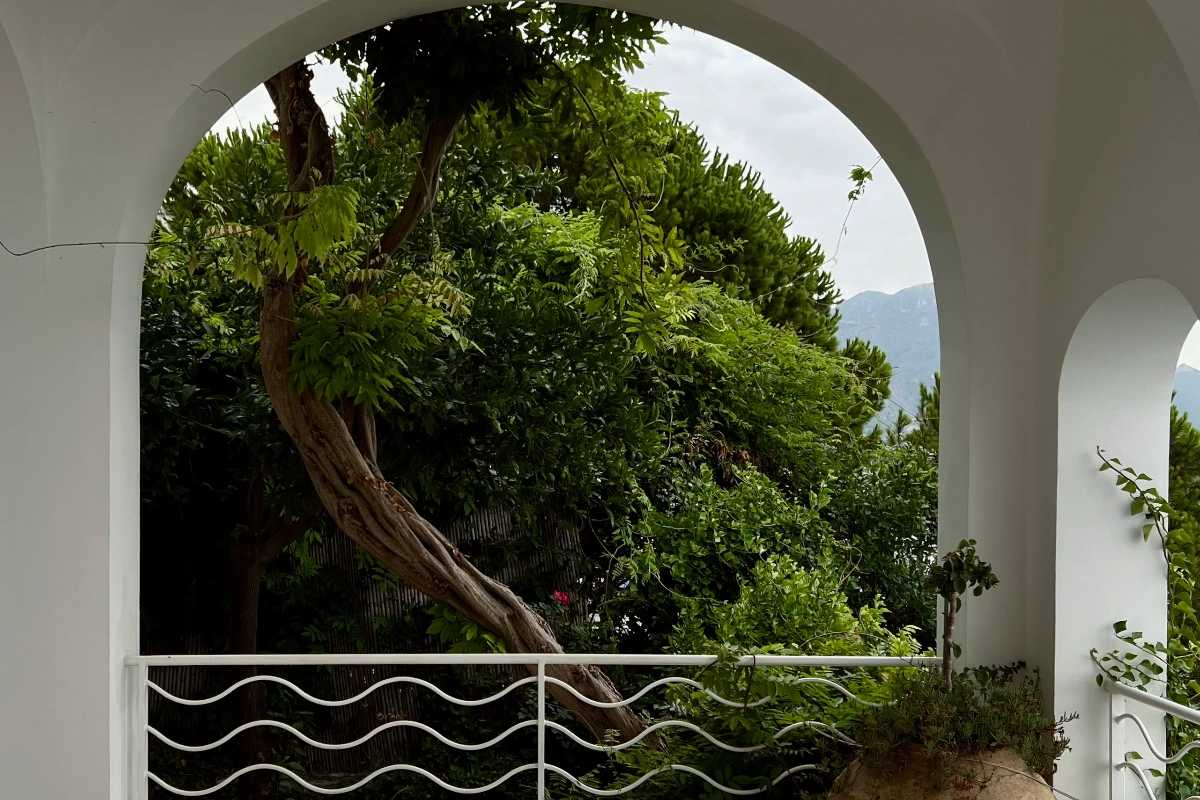
Villa della Marchesa annex restored and added to Santa Caterina hotel operations in Amalfi
Senzafine is not a standalone project, but part of a broader, consistent development strategy. For the Gambardella family, each expansion must reinforce the hotel’s value without diluting its character. This philosophy also guided the acquisition, in 2018, of Villa della Marchesa – a cluster of three buildings nestled among terraced lemon groves, just steps from the main hotel. Two of the structures date back to the 17th century, and the third to the 1950s. Their restoration was conducted with the same architectural discipline that defines the rest of Santa Caterina.
The villas offer private accommodations while remaining fully connected to the hotel’s services. Guests enjoy access to in-room dining, fine cuisine, and the spa – all within a space that feels entirely autonomous. The surrounding gardens are not just decorative but vital parts of the guest experience: lemon trees, bergamot, rare plants, and the signature wisteria bloom in spring to envelop the space in color and scent.
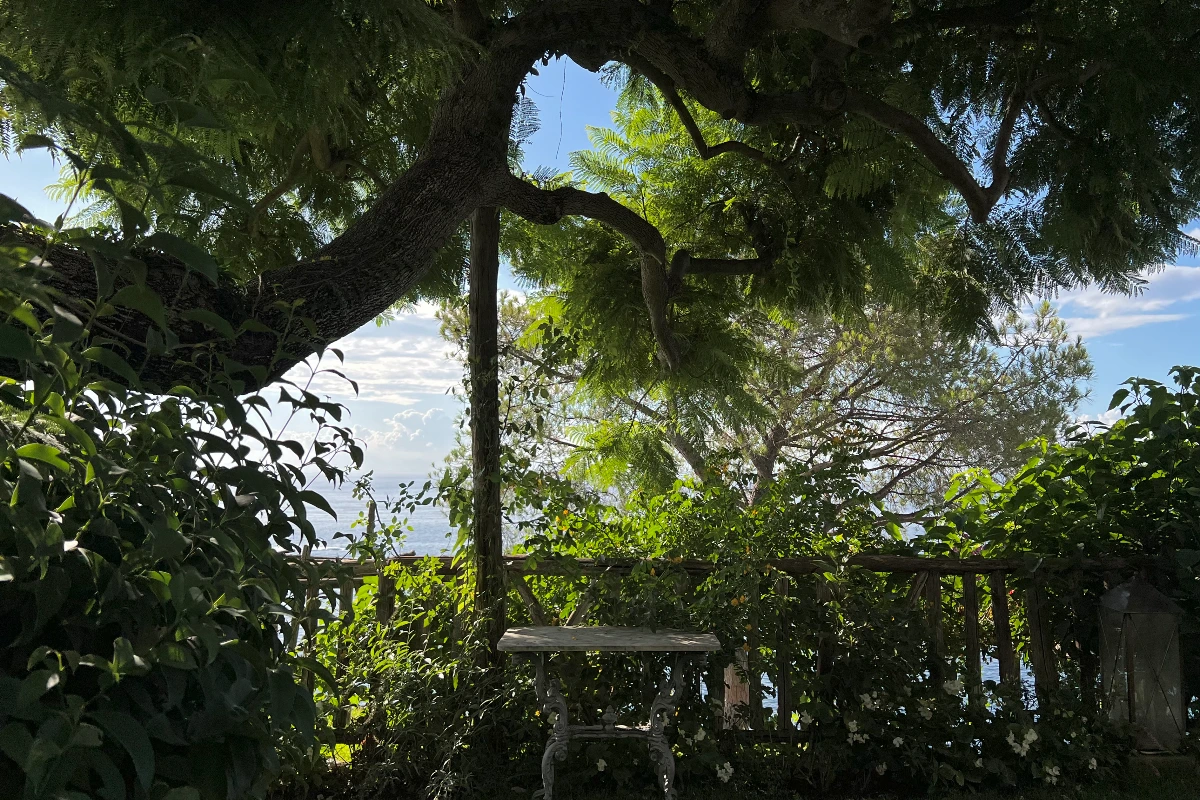
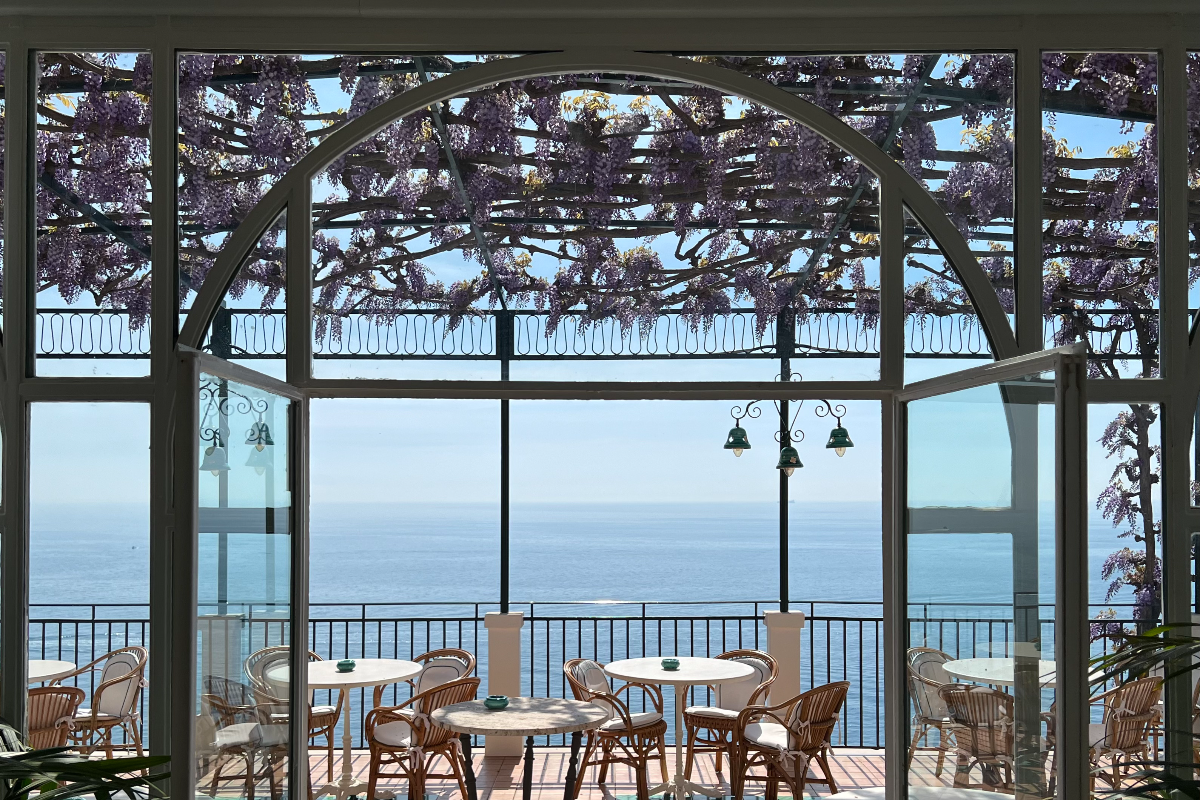
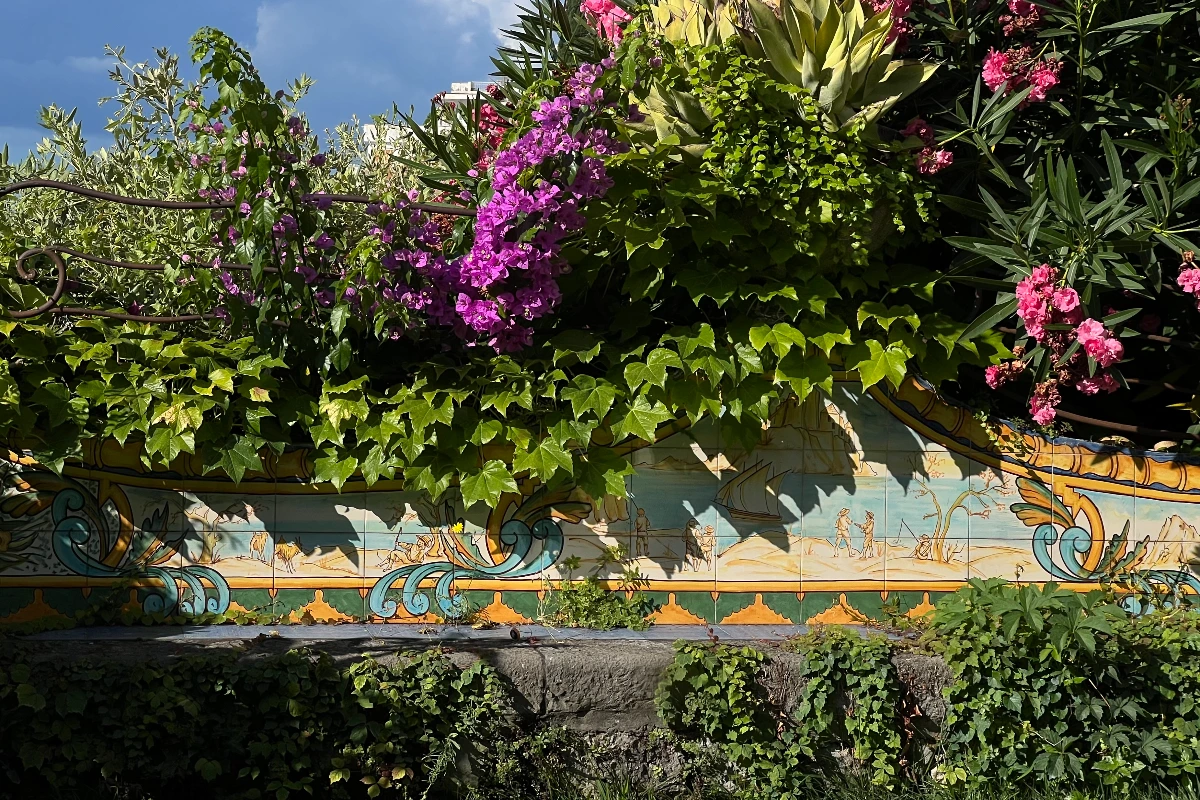
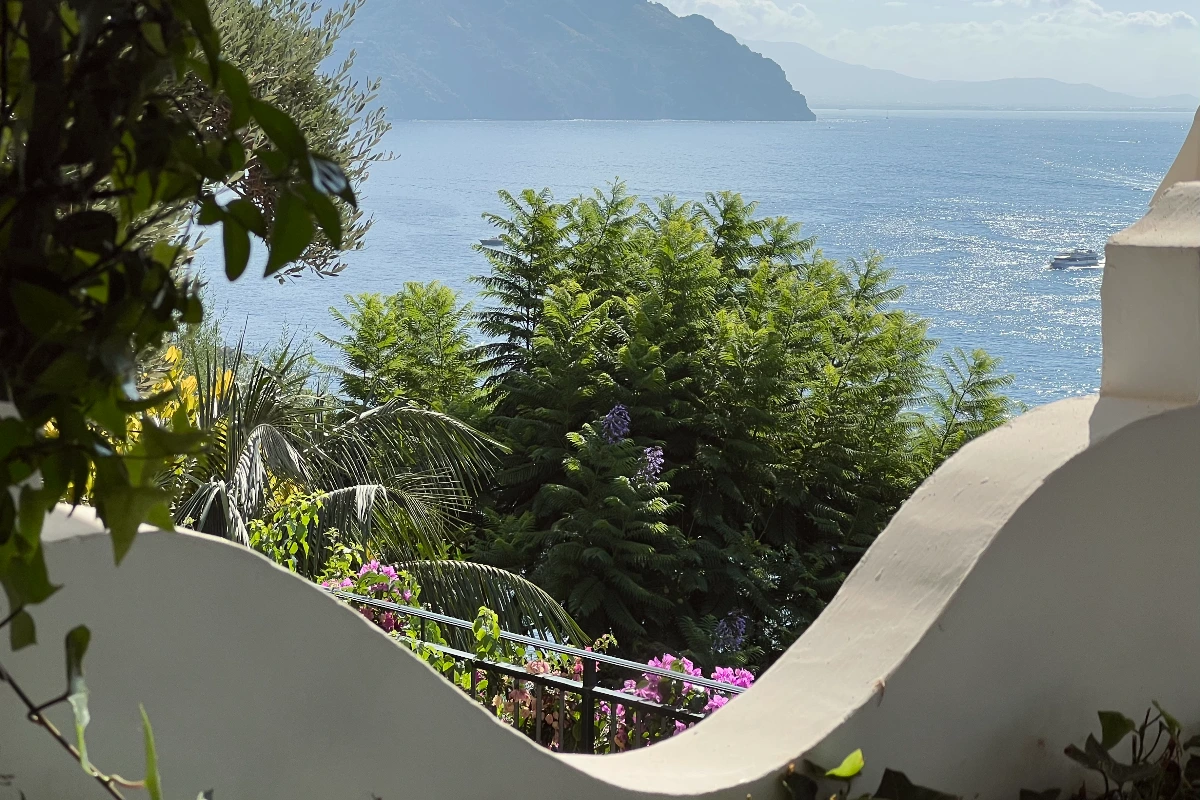
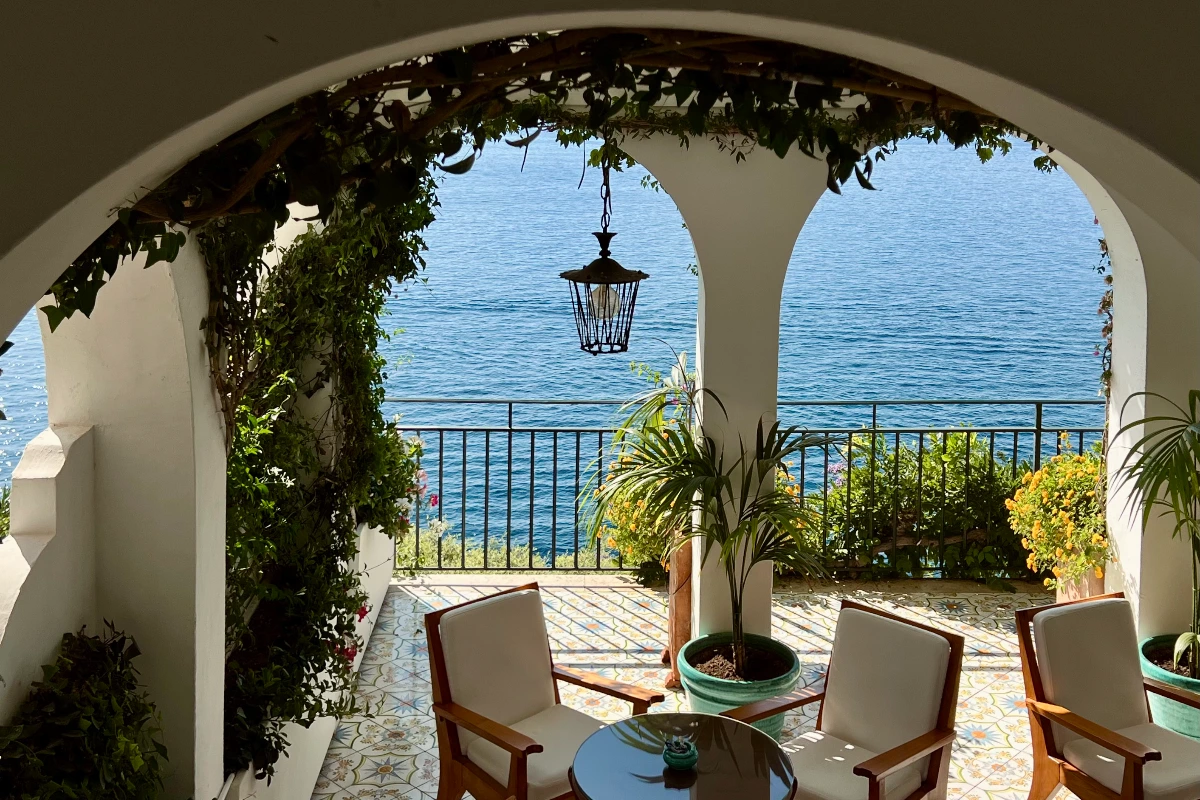
Glicine restaurant at Santa Caterina: the Azul macaubas marble
Gardens at Santa Caterina are lush year-round, but they peak between April and May, when wisteria explodes across the terraces and pergolas in shades of violet and lilac. Native to East Asia but acclimated to the Mediterranean, the plant has become a visual and olfactory signature of the hotel – climbing across walls, weaving between columns, shading cliffside gardens.
It’s no coincidence that the hotel’s fine dining restaurant is named Glicine (Italian for wisteria). Located on the noble floor of the hotel’s liberty-style villa, Glicine is an intimate and luminous space awarded a Michelin star in 2020.
The restaurant’s visual identity is equally thoughtful. Architect Alfredo Gravagnuolo proposed the use of azul macaubas, a striking blue quartzite from Brazil, to finish the restaurant’s floors. Its color and veining evoke the movement of waves, subtly echoing the sea below. Azul macaubas was discovered only in the 1990s in the regions of Espírito Santo and Bahia, but quickly gained popularity in architecture and interior design thanks to its low porosity, thermal stability, and resistance to wear. Its vibrant blue hue, with white and golden veins, brings both elegance and technical performance to the dining room – in line with Glicine’s philosophy.

Glicine, the fine dining restaurant at Santa Caterina, was awarded a Michelin star in 2020
Here too, chef Giuseppe Stanzione tells a story of precision, creativity, and understated refinement – a cuisine rooted in research, tradition, and thoughtful innovation. The tasting menu Terre d’Amare is perhaps the clearest expression of this philosophy. It opens with oyster, cuttlefish, cucumber, Siberian caviar, and salted lemon – a composition that balances brine, creaminess, acidity, and mineral notes. This is followed by 30-yolk tagliolini with local truffle and aged Parmigiano Reggiano, a dish that surprises with its presence by the sea, yet melts on the tongue like a night tide.
The dish Like a Risotto is made with semolina pasta cooked risotto-style and finished with sea truffles and a Greco di Tufo wine sauce, creating a sensory bridge between land and sea. The Evergreen John Dory arrives with a rich herb emulsion and deep vegetal base, and the dessert Bufala e Lampone – a composition of buffalo cheese and raspberry – is closer to a contemporary art piece than a conventional sweet.
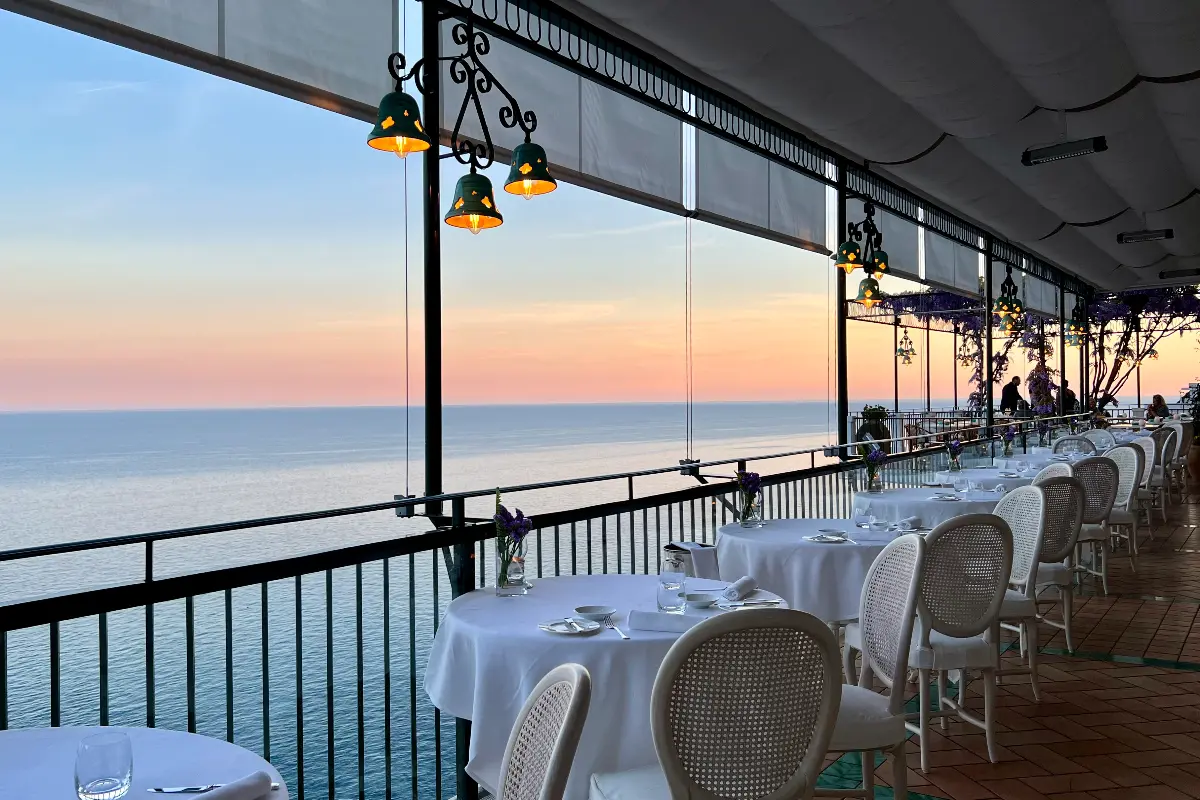
Santa Caterina hotel history includes wartime use, post-war rebuilding, and generational transfer
The story of Santa Caterina began in 1860, when Dr. Giuseppe Gambardella converted his home into a guesthouse. After a major landslide in 1899, his son Crescenzo rebuilt the property and opened a new six-room hotel in 1904. During World War II, the property was occupied by German forces, then repurposed by the Americans as a rest camp for recovering officers.
In the 1970s, under the direction of Giusi and Ninni Gambardella, the hotel expanded to its current size of 66 rooms. Today, the fourth generation – Crescenzo Gargano, Alessandro, and Beatrice Camera – oversees finance, operations, and marketing. Family governance remains intact, with no external interference, ensuring continuity that translates into consistency of guest experience.
In 2024, Santa Caterina received the “Hotel of the Year – Italy” award from Celebrated Experiences. In 2023, it was listed among the 25 best hotels on the Amalfi Coast by The Times. The Michelin Key Guide describes it as “the real deal” of Mediterranean luxury. Perhaps the most telling figure is the loyalty rate: guests return regularly.
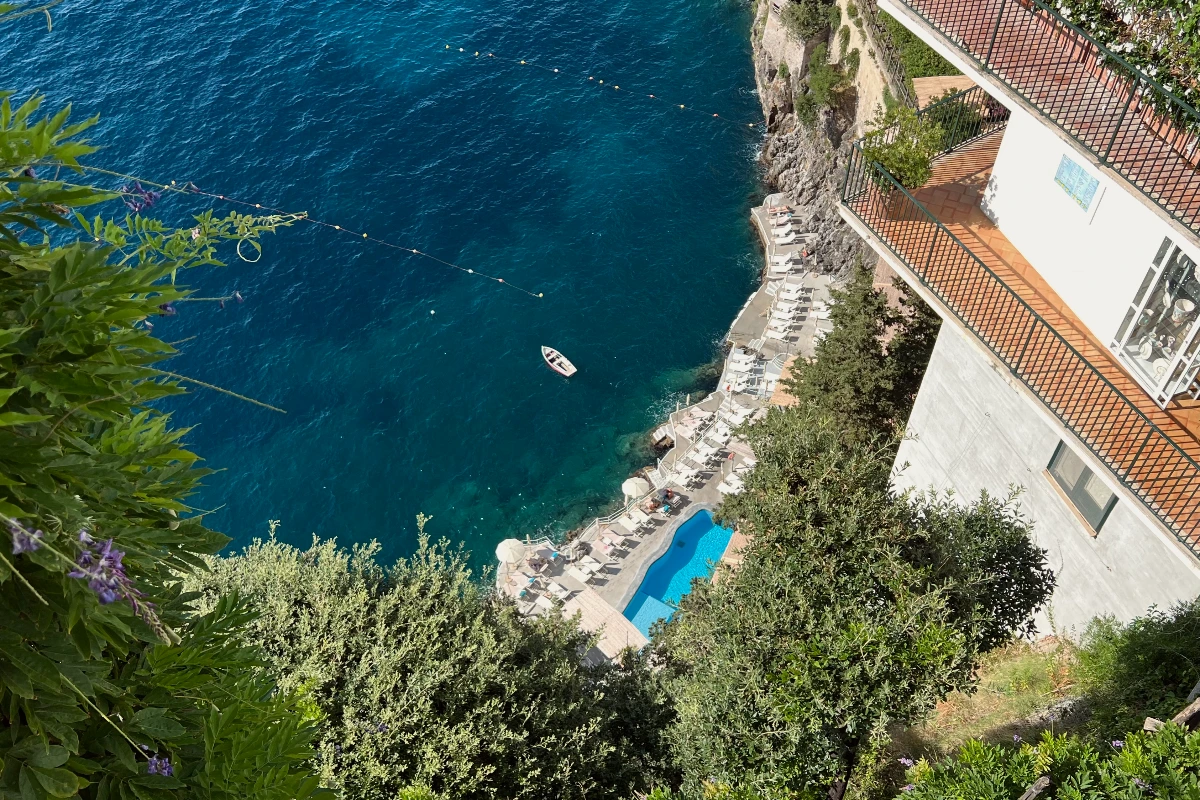
Santa Caterina beach club and Al Mare restaurant located at sea level below cliffside hotel
One of the very few hotels on the Amalfi Coast with a private descent to the sea, Santa Caterina’s beach club is accessible via two elevators carved into the rock. Sunbathing platforms are outfitted with teak loungers and centered around a heated saltwater pool. Just steps away, the Al Mare restaurant offers grilled fish, fresh handmade pasta, wood-fired pizza, and seasonal light fare. Every table faces the Tyrrhenian Sea – because here, the landscape is a central design element.
Santa Caterina hotel sustainability includes water collection, durable materials, and local sourcing
Santa Caterina has long been engaged in a process of sustainable improvement that translates into real-world action. Rainwater collection systems, digitized housekeeping processes, and the use of durable materials are all part of a broader environmental strategy. Collaborations with local artisans and producers strengthen the short supply chain and reinforce the hotel’s connection to its territory.
Matteo Mammoli
